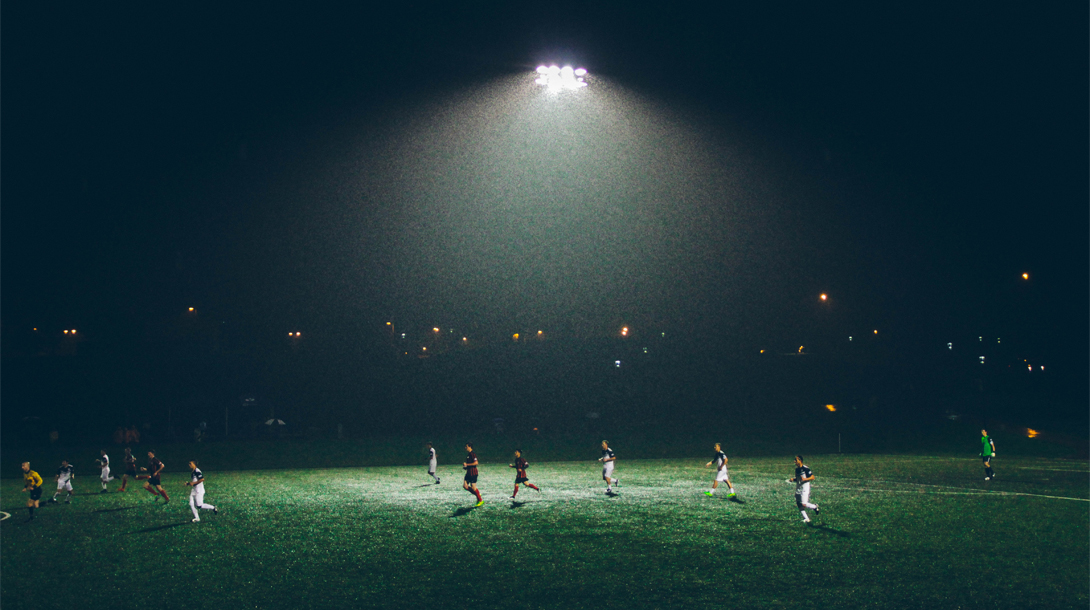
Football Conditions: Does weather affect football?
Fast-changing, unpredictable and endlessly exciting, football at every level of play is known for being full of twists and turns. Any miss-step, any delayed response time, and the game can be all but over. In a game with such high stakes, every element needs to be considered; especially the weather. Something which can’t be stopped without impressive and expensive resources such as an all-weather pitch, football game weather is something that is hard to prepare for. Everything from strong winds to scorching heat can affect the players, the pitch, and the ball, and the only way to improve your chances of overcoming such conditions is to learn the quirks and train for them.
Whether you’re struggling to perform your best when playing football in the rain, or are getting ready to hit the pitch in a heatwave and need advice on playing football in hot weather, learn more about how football game weather can impact your session with help from the experts at Avec Sport.
Does weather affect football?
One of the indisputable facts of football is that it is heavily affected by the weather. Even minimal changes in the surface of the pitch or the direction of the wind can have an impact, with players likely to take a more cautious approach to strategy. This more conservative playing style has its own effect on the game, as there are likely to be less risks taken, and less goals scored as a result.
In football, there are four weather conditions which have the heaviest impact on games, which are high winds, heavy rain, intense cold and excessive heat. For players looking to thrive in any weather condition, and to reach the highest levels of the game, learning how to adapt their play style to suit the changing conditions is essential.
High winds
A weather condition which heavily influences both the football and the players on the pitch, strong winds have been known to wreak havoc on football matches. Capable of disrupting the trajectory of balls, one strong wind is enough to knock perfect shots off-angle, potentially ruining clean passes and goal scoring attempts.
In such situations, it's important for players to be constantly aware of the direction of the wind. For highly-experienced players, anticipating the ball being swept off course by adjusting the angle of a kick is something that gradually becomes second nature, with only sudden and unpredictable winds calling for a more cautious approach to passing and shooting. When first starting to get to grips with playing football on windy days, however, we recommend practising playing as low to the ground as possible, avoiding aerial shots wherever possible to limit the risk of losing possession of the ball.
Heavy rain
Something which commonly affects football games played in the UK, those who belong to a club with weekly matches will have spent their fair share of time playing football in the rain, and will be familiar with the troubles these adverse conditions can cause. From potentially-dangerous surfaces caused by churned-up muddy pitches, to player sight-lines interrupted by sheets of rain, adapting to playing football in the rain requires one primary change: slowing the rate of play.
An inevitable consequence of the rain-soaked surface, playing a slower, more careful match is made easy by the increased friction and drag on the ball itself. With the football unable to move at its usual fast pace, players are given more time to react to attacks, adapt strategies and make team plays. In order to ensure you come out on top when playing matches in the rain, make sure to focus on building and practising strategies with teammates in similar conditions. This will allow you to learn how much more power short-distance passes require with water slowing the movement down.
Can you play football in the rain?
While playing football in the rain can be unavoidable, unless you play indoor variants of the full-sided game, it does come with some additional dangers that players should be aware of. From poor visibility, to muddy and slippery surfaces, football in the rain is significantly more likely to cause incidents and injuries than a match played in perfect conditions. It’s important to note that safety of play should be assessed during severe rainfall and matches should be postponed where necessary.
Intense cold
Unlike windy and rainy conditions which have a direct impact on both the pitch and the ball, playing football in the cold primarily affects the players. A distraction which can mean the difference between accurate scoring and sloppy passes, or between quick reaction times and missed opportunities, cold conditions can diminish a player’s focus incredibly quickly.
For some players, keeping active and moving across the field is enough to stop their attention from slipping from the game at hand, but for those who struggle to think of anything other than their frost-bitten fingers, we recommend investing in cold football kit essentials, such as the Fusion Body Fit Jersey and Evolve Tech Overlay.
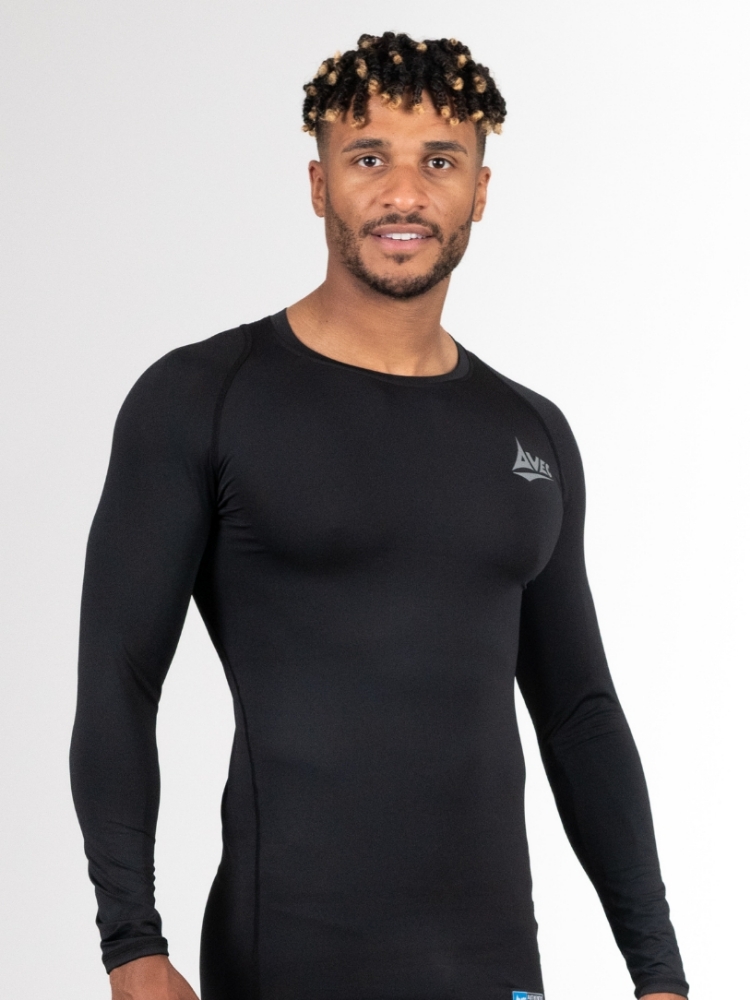
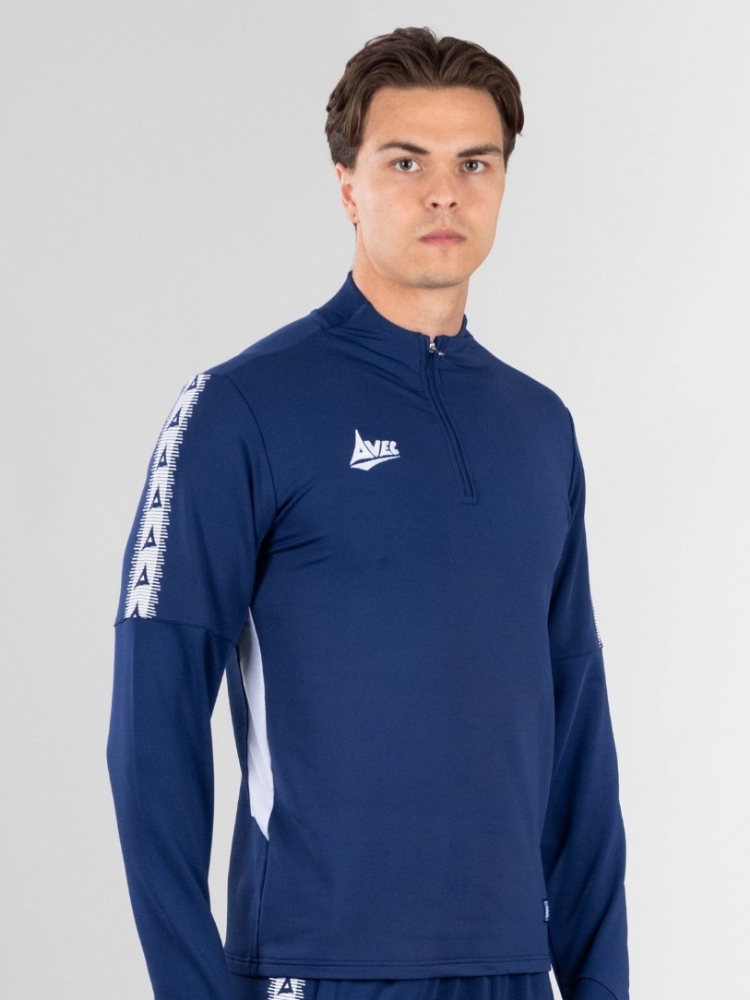
Designed as a base layer which can sit underneath your regular kit, the Fusion Body Fit jersey is designed to provide comfortable protection against the cold without risking overheating. The quick-dry fabric, which wicks sweat away from the body, ensures a lightweight, breathable feel that lasts. With a range of colourways to choose from, including black, white, red and blue, matching your underlay to your club or kit colours is also simple, meaning you can wear the extra layers during official games.
For players who prefer an outer layer which can be easily added or removed during a training session, the Evolve Tech Overlay may be a more suitable option. Available in men’s, women’s and junior sizes, this sports jumper features a full-sleeved design with a ¼ length zip at the neck, ensuring no distractions are caused by loose fabrics.
Excessive heat
Considerably less common in UK climates than wind, rain and cold, excessive heat is one of the rarest ways that football game weather can impact play in this country. Despite its rarity, however, playing football in hot weather can have serious consequences for players who don’t prepare themselves for the additional strain caused by high temperatures. With risks to player health ranging from dehydration, to physical exhaustion brought on by heat stroke, and common gameplay impacts including a diminishing ability to make swift, clear and informed decisions, dressing accordingly in hot weather is an essential responsibility of every player on the pitch.
How do football players stay cool in the heat?
When playing football in hot weather, everyone from the attackers to the goalkeepers have two main points of focus: dressing appropriately and staying hydrated. At Avec Sport, our team kits and football jerseys, such as our Evolve ID Jersey, are designed from lightweight, breathable fabrics which keep players cool and comfortable through the duration of play. The addition of mesh panels on the sides of the jersey also help to improve ventilation, ensuring that even on hot days, players are protected from overheating.
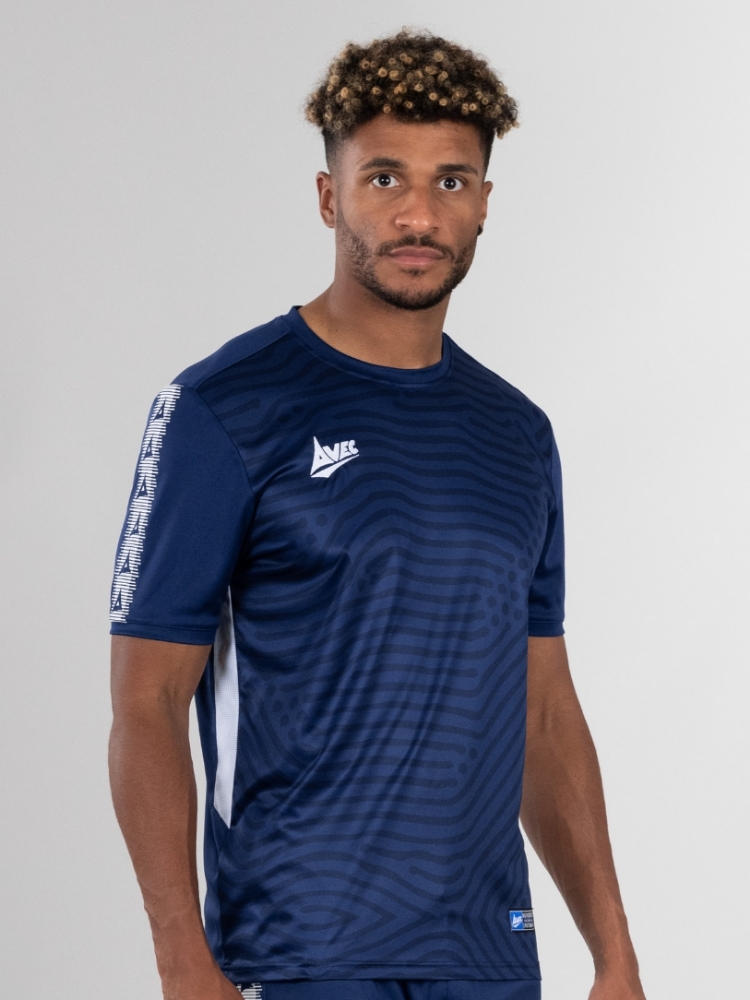
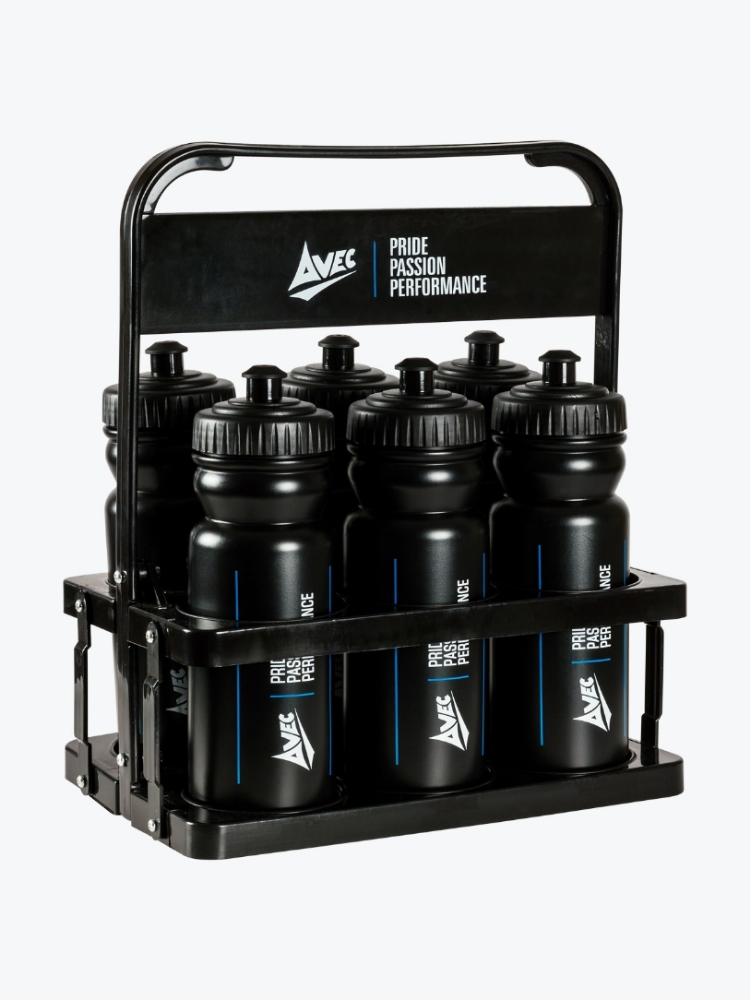
Even when wearing specially-designed sportswear, when you’re playing football in hot weather, you’re going to sweat. While this is to be expected and is nothing to worry about, it carries risks of dehydration if not properly managed. To ensure every player on the pitch has access to water throughout the training session or match, we recommend keeping bottles bundled together safely in a drinks bottle holder. Functional and lightweight, our Avec water bottle holders can hold up to 6 x 600ml bottles, which are included in your purchase. The easily transportable design ensures that every player is accounted for, and no one is going without their all-important hydration.
Tackle every type of football game weather with Avec Sport
Whether you’re stepping onto a damp football pitch, are struggling to stay warm on icy morning sessions, or are fighting against the heat, find everything you need to keep your game at its best at Avec Sport. Browse the full collections of team kits for men, women and juniors to find football base layers for the cold, and lightweight, ventilated kits for warmer days, and begin building your all-weather kit today.

